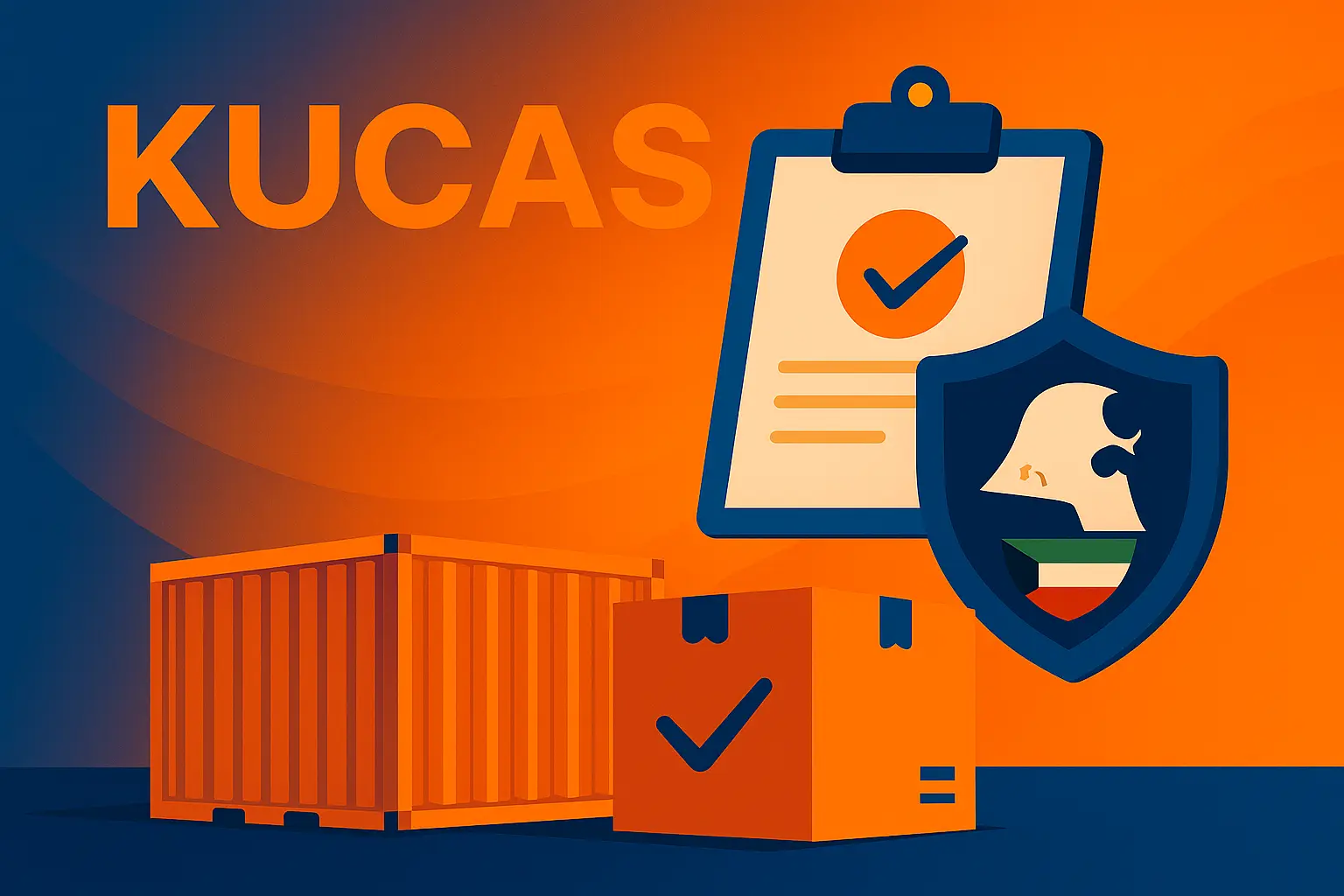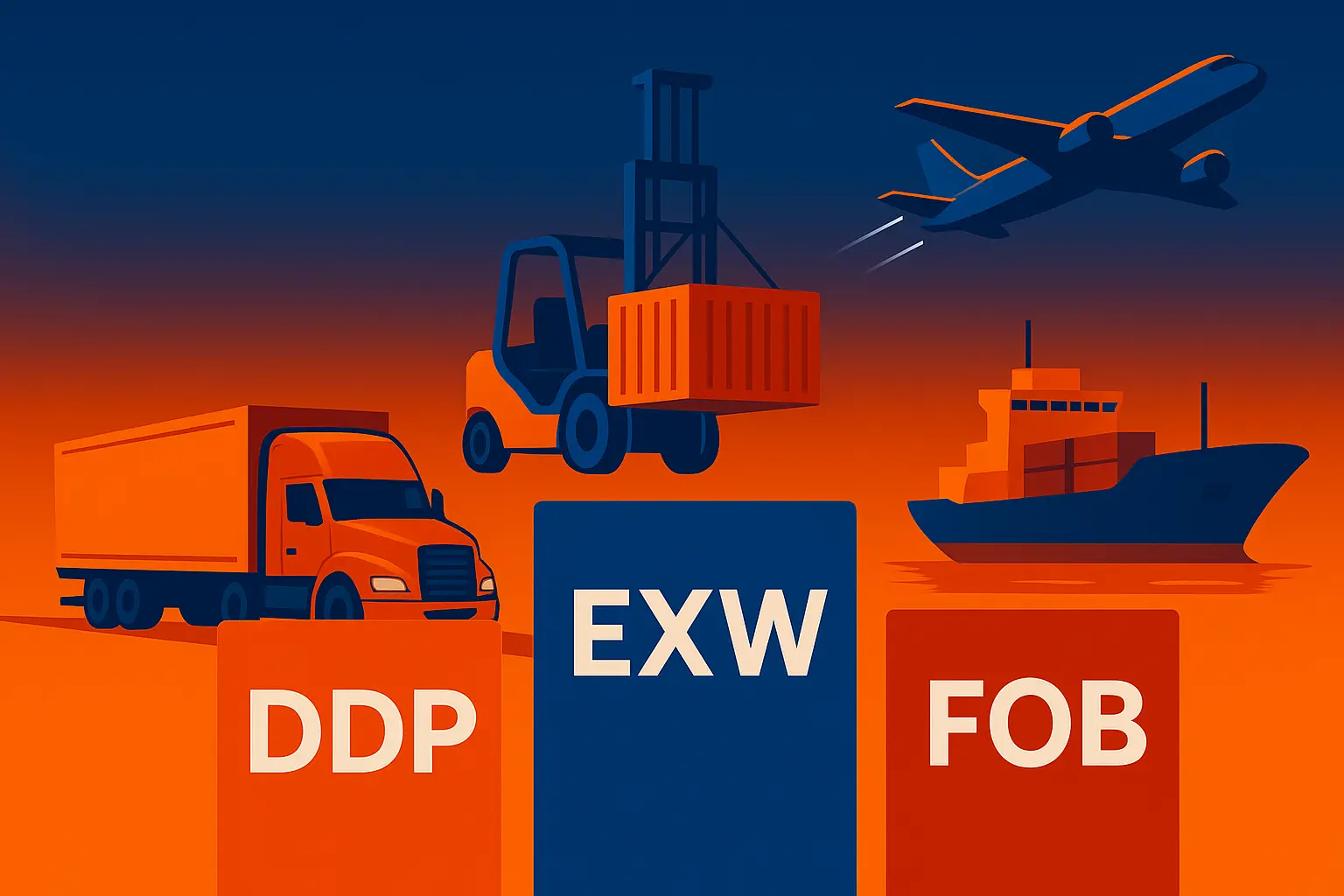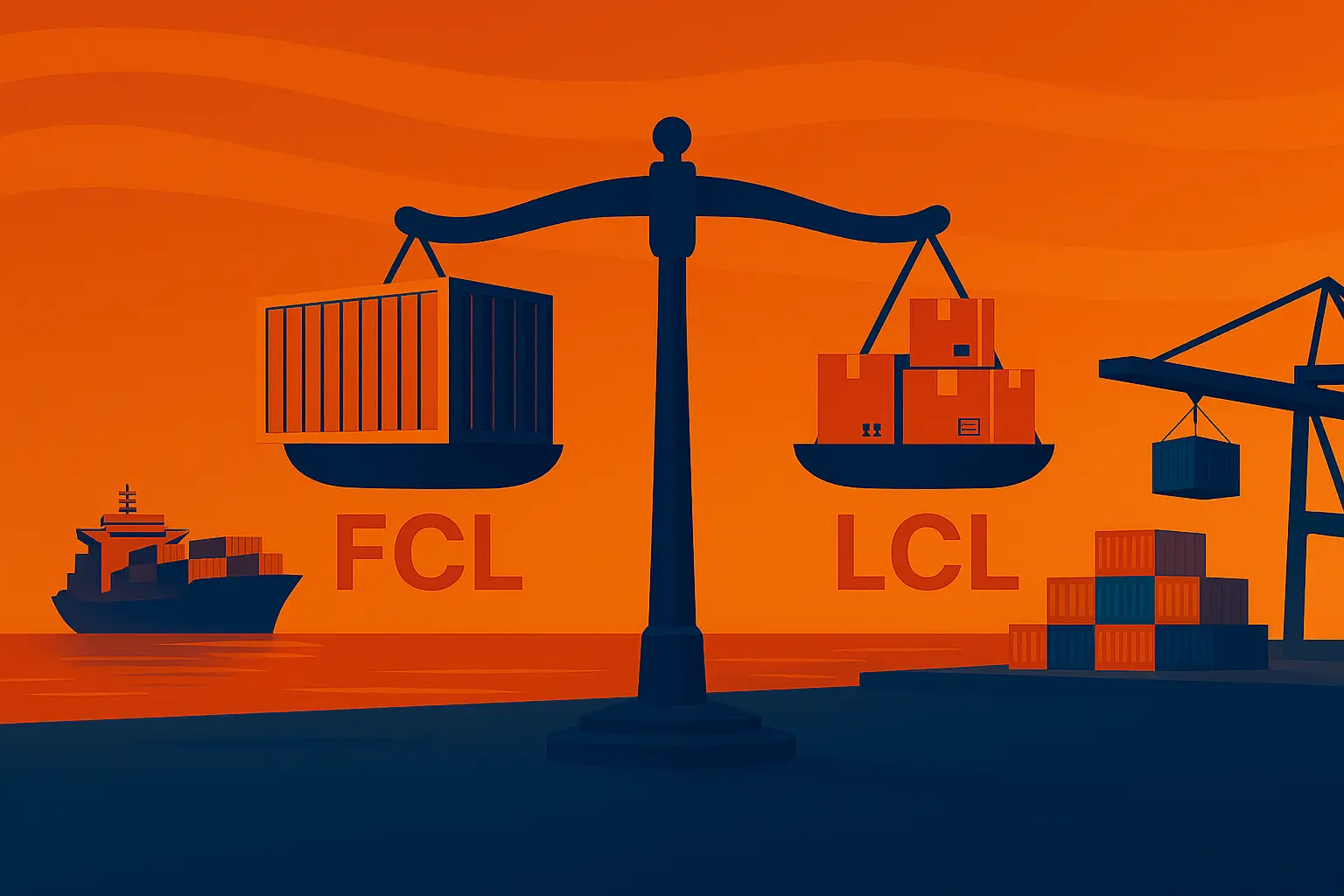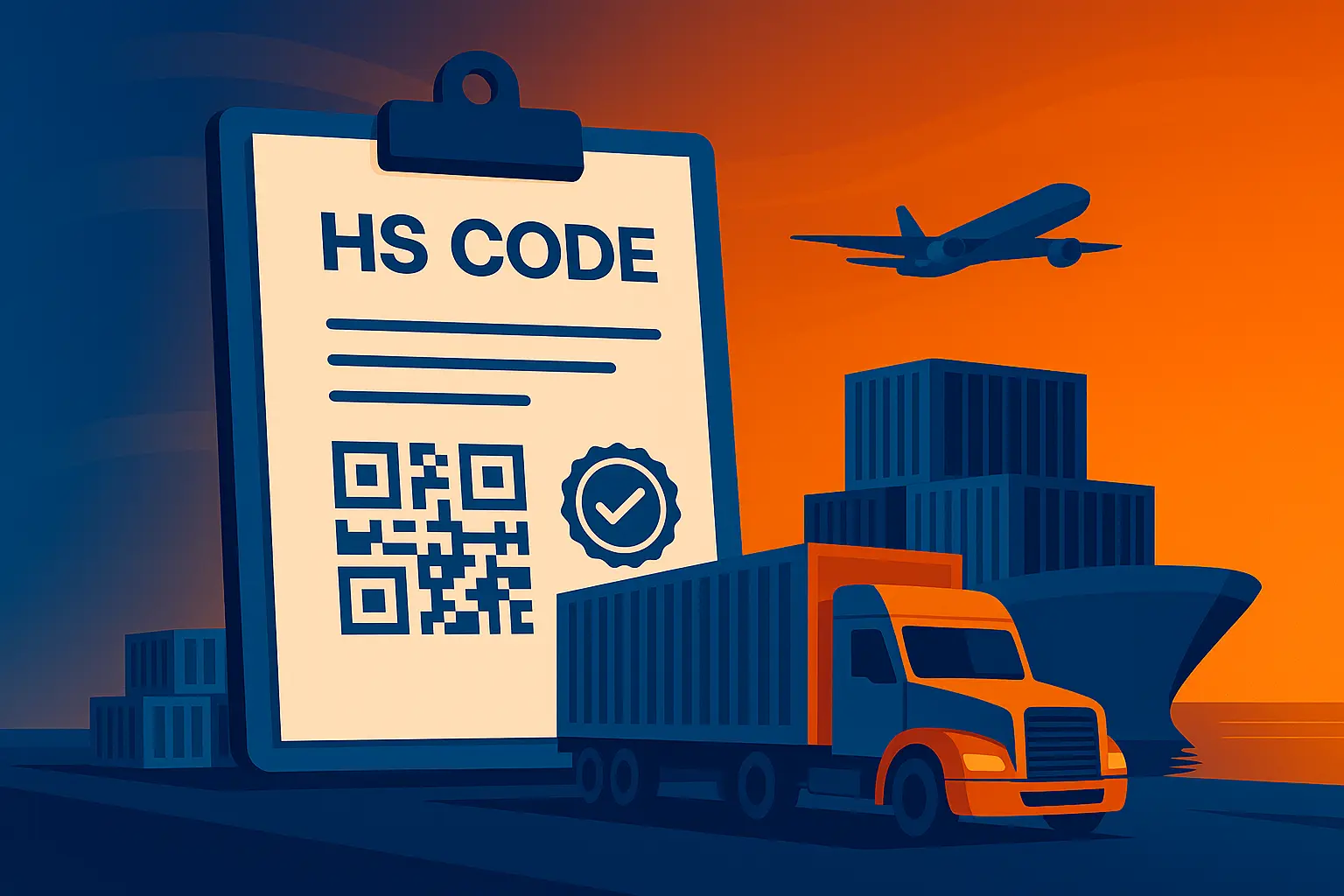Introduction
If you import into Kuwait or export to it, you will often hear about the Kuwait Conformity Assurance Scheme. KUCAS is not just extra paperwork; it is a conformity assessment framework led by the Public Authority for Industry to verify that regulated products meet Kuwait's technical regulations before entering the market. The aim is to protect consumers and the market, reduce border rejections, and streamline customs clearance.
What exactly is KUCAS?
Kuwait Conformity Assurance Scheme is a set of procedures administered by the Public Authority for Industry to check that regulated products comply with applicable technical regulations. It applies to imports and, within scope, to certain locally produced goods. The scheme has been in force since 17 June 2006.
When does the scheme apply to me?
If your goods fall under KUCAS regulated product lists, you will need prior conformity documentation before shipment or at clearance (for example technical inspection or evaluation reports). Product coverage is mapped to customs codes; always verify your HS codes against the current lists.
Core KUCAS documents at a glance
- Technical Inspection Report (TIR): confirms that the shipment has been verified against applicable requirements (testing, markings, packaging, labeling) prior to or during shipment to enable smooth clearance.
- Technical Evaluation Report (TER): provides a technical evaluation basis for the product (test results and standards compliance) issued by bodies approved by the Public Authority for Industry.
- Certificate of Conformity / Inspection: depending on the route and approved body, a recognized conformity document may accompany the shipment to facilitate port-of-entry clearance.
What are “regulated products”?
Items that Kuwait classifies as subject to technical control—such as categories of electrical and electronic equipment, toys with electrical components, and others. Coverage is detailed and tied to HS codes. Lists are updated periodically; confirm your items against the latest official scope.
Practical workflow (from quote to release)
- Confirm scope: check whether your item is regulated under KUCAS and align the correct HS code on your invoice.
- Technical dossier: prepare product literature (specs, data sheets, prior test reports where available) and coordinate with an approved body to obtain TIR/TER.
- Testing/inspection and marking: testing may be required and packaging/labeling reviewed. Clear labeling—often Arabic or bilingual Arabic/English depending on product rules—may be mandatory.
- Receive TIR/TER: keep originals or required e-copies ready before shipment or to accompany clearance documents.
- Clearance on arrival: use TIR/TER with the invoice, packing list, certificate of origin, and bill of lading. Any mismatch can trigger extra inspection or delay.
Why KUCAS matters for successful importing
- Lower rejection risk: conformity documents support faster acceptance at the border.
- Predictable timelines and cost: meeting labeling and testing requirements up front accelerates processing.
- Brand protection: compliance reduces product liability and recall exposure in the local market.
Quick FAQs
Do all goods require KUCAS?
No. Only regulated products within the official lists. Always verify by HS code.
Who issues TIR/TER?
Approved conformity assessment bodies under the Public Authority for Industry's program.
Is Arabic labeling required?
For many categories, Arabic or bilingual labeling is required per the technical regulation. Check your product-specific rules.
How does it relate to customs clearance?
Having TIR/TER (or the recognized equivalent for your category) supports customs to complete clearance without extra technical holds.
Pre-shipment execution tips
- Lock the correct HS code: it determines KUCAS scope and other licensing needs; write a technical description on the invoice to support classification.
- Assemble a product pack: specs, high-resolution images, user manuals, and any international test certificates.
- Do not leave conformity to the end: coordinate early with an approved body—especially for tight delivery dates or peak seasons.
- Watch category-specific instructions: some goods carry extra requirements such as electrical safety, energy efficiency, or clear origin marking.
- Align paper to reality: weights, dimensions, and package descriptions on the packing list must match what inspectors will see.
Common mistakes that cause delay
- Assuming small shipments are exempt—scope depends on product category, not shipment size.
- Shipping with inadequate labeling—noncompliant language or marks lead to holds.
- Failing to tie HS to conformity—incorrect classification triggers different requirements at arrival.
- Using outdated supplier documents—ensure specs and certificates match the current regulatory issue.
Executive takeaway
KUCAS is Kuwait's official framework for regulated product compliance. Success starts by verifying scope, preparing a solid product dossier, obtaining the right TIR/TER from an approved body, and getting labeling right before shipment. These steps cut rejection risk, speed clearance, and protect your market reputation. For details, always refer to the latest official guidance or work with an approved conformity body to confirm your category requirements.




